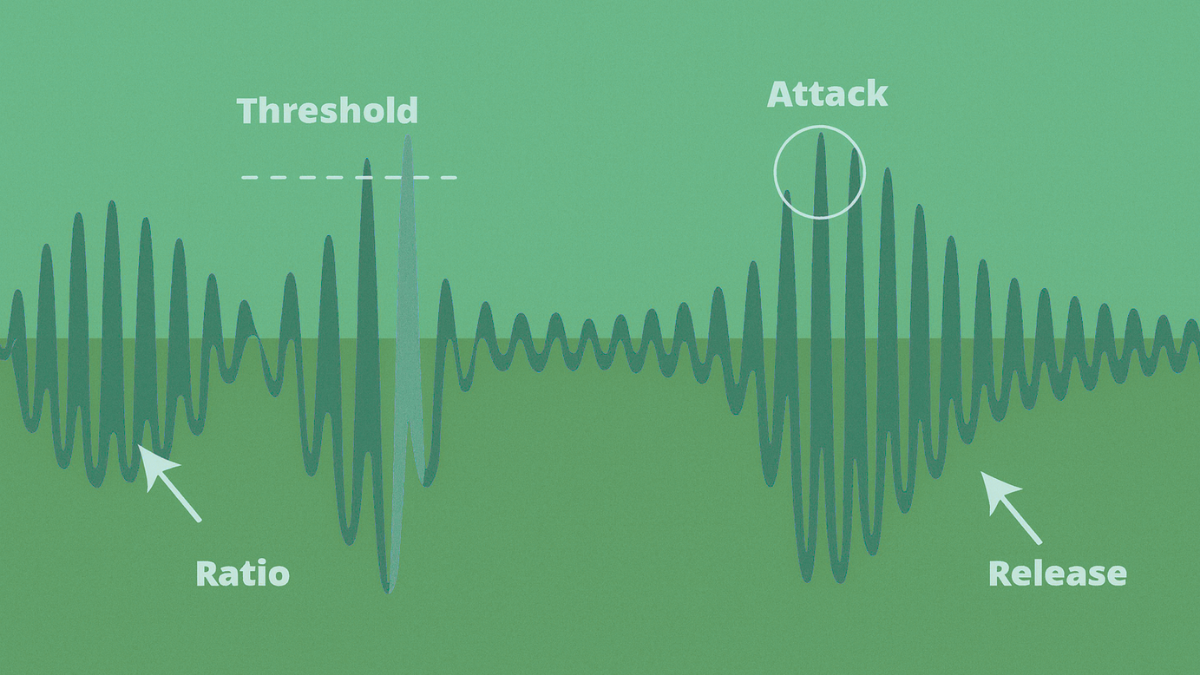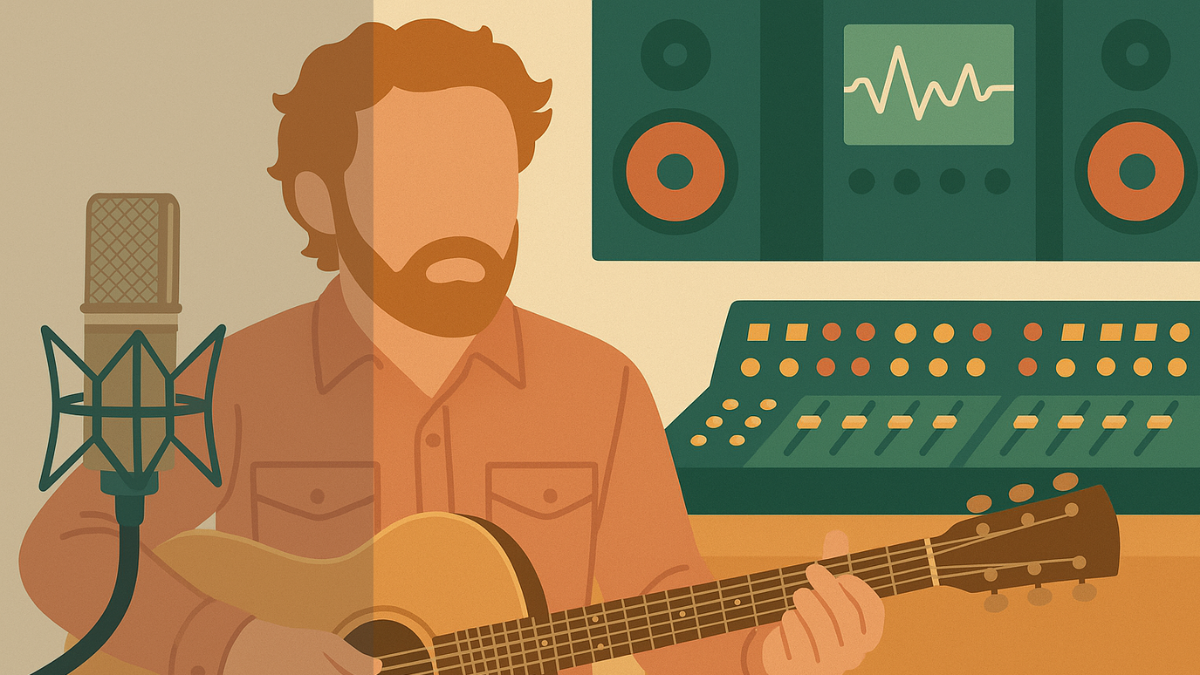Four Ways To Bring Your Mix To Life With Distortion

The word ‘distortion’ can call to mind screaming guitars or bit-crushed drums, but there are also many more subtle ways we can use this tool to enhance our mixes.
We can use distortion to add warmth or clarity. We can use it to add character or power. in this article we discuss four ways that you can use this versatile tool to get the most out of your mixes.
There are many kinds of distortion available to you; dedicated distortion plug-ins, amp simulators, analog modelled compressors and EQs… And of course, you can use the real thing; re-amp elements of your mix through outboard compressors or guitar amps. There is no ‘right’ tool for many of the tips below – experiment and see what kind of distortion fits the task, and your mix.
1. Warm Up Your Mix With Analogue Modelling Plug-Ins
Running your tracks through analog modeling compressors and EQs can really do a lot to warm up a sound. They do this by employing harmonic distortion – essentially adding harmonics to your audio signal. There are plenty of great examples on the market, UAD go to great lengths to emulate analog hardware and has some of the most accurate sounding plug-ins around. Waves’ signature series is also worth a look; the Kramer HLS EQ and PIE compressor do this very well. Pro Tools now even incorporates the Heat plug-in into the DAW’s mixer, allowing the addition of harmonic distortion to each individual track.
2. Add Detail and Clarity to Bass Lines
This works equally well with live and electronic basses. Occasionally your bass sound may lack a bit of clarity – when there is not enough high-frequency content to enable listeners to pick out exactly what it is doing. In these situations, you can use distortion - almost as an exciter – to pick out the finer details of your bass line.
Set up a bus with a distortion plug-in on it, and ramp the distortion up pretty high. Place a high-pass filter after the distortion, as we are only interested in distorting the high frequencies here. Experiment with the frequency settings on your filter, and with the level of the bus, until you have achieved the necessary level of clarity.
3. ‘Glue’ Sampled Drums Together
A drum kit recorded in a studio will naturally sound cohesive, as all of the drums were recorded together in the same room. The problem with using individual sampled drum hits is that the assembled ‘kit’ can sometimes sound a little disjointed – like each drum was recorded in a different location.
Common ways to solve this problem are to put all of the drums through the same reverb, or the same compressor, in an attempt to ‘glue’ them together. Another approach to this is to set up a parallel distortion bus and send your drums to this. Balance this with your main drum signals, and you should find that the sounds start to bind together much more effectively.
4. Power Up A Weak Vocal
There are times when we have to mix tracks and the singer just hasn’t managed to produce a performance powerful enough to match the music they are singing against. Again, this problem can sometimes be solved by setting up a parallel distortion bus.
Putting the vocal through a heavy distortion on a parallel channel can effectively add harmonic content, and when mixed with the clean lead, can really thicken the sound. This can very usefully disguise ‘wavery’ or quivering vocals.



Comment on this post on SoundGym Community